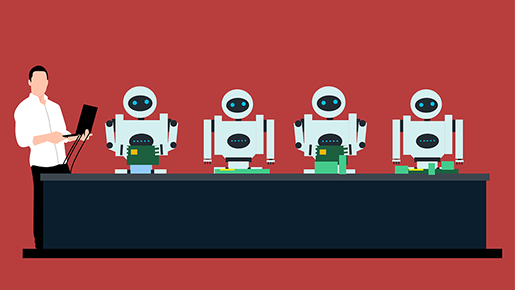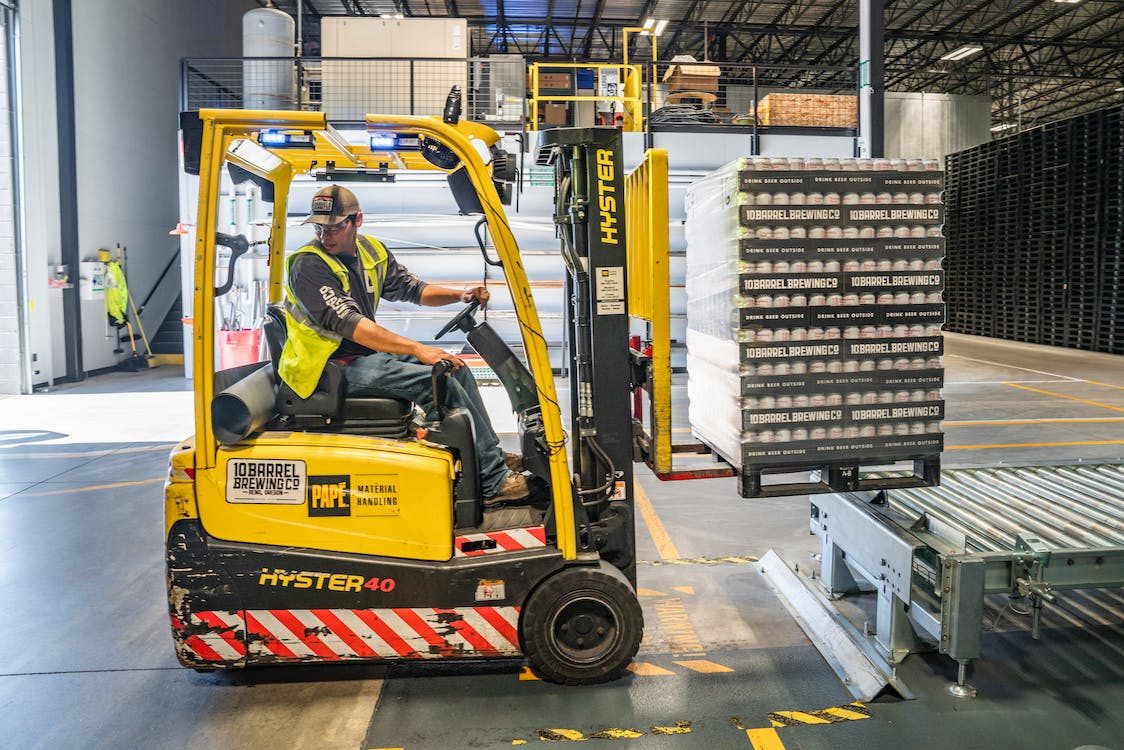Having an efficient production line is crucial for any business looking to maximize efficiency and minimize costs, and in today’s competitive market, it’s important to be able to produce quality products quickly and efficiently. But keeping your production line running at peak performance can often be a challenge.
Fortunately, there are several strategies that you can implement to make your production process more efficient and cost-effective. Here are several ways that you can improve the efficiency of your production line and keep it running smoothly.

Use Automation
Automation is the key to improving production line efficiency. By automating certain tasks, you can reduce labor costs and increase productivity by freeing up your workforce for more important tasks.
For instance, the use of robots in manufacturing processes can help reduce the number of errors and speed up production. Other examples of automation include automated guided vehicles (AGVs), which can be programmed to move materials around a plant, automated sorting and labeling machines, or industrial palletizers powered by IPLA which can save time when it comes to organizing products on your line. And if you don’t have the budget for industrial automation, there are other ways to automate processes such as using software systems to manage and track production.
Lean Manufacturing Principles
Lean manufacturing is an approach to production that seeks to reduce waste and improve efficiency by eliminating unnecessary steps in the process. This means focusing on streamlining activities, inventories, and processes to reduce costs and cycle times.
By implementing lean manufacturing principles, you can reduce inventory and optimize the flow of materials through your production line. This will help you identify bottlenecks and make the most of available resources.
Additionally, you can use Six Sigma techniques and total quality management (TQM) to identify areas of improvement, reduce waste and defects, and improve overall production efficiency.
Reduce Set-Up Time
The time it takes to set up a machine or process is called set-up time. This can be a major bottleneck if it’s not managed properly. By reducing set-up time, you can reduce downtime and increase production efficiency.
One way to reduce set-up time is to use modular equipment that can be quickly and easily switched out. This allows you to switch from one product or process to another in a fraction of the time it would normally take. Additionally, you can reduce set-up time by using standard work instructions that are clear and easy to understand.
Optimize Your Layout
The layout of your production line will have a significant impact on efficiency and productivity, so it’s important to make sure that you optimize it for maximum performance.
When designing your production line, you should consider the flow of materials and the optimal placement of machines, workers, and storage.
For instance, machines should be placed in such a way that they are easily accessible and workers should have easy access to materials. Additionally, you should make sure that workers can move freely between stations without having to walk too far or move large objects.
Integrate Technology
Technology is an important factor when it comes to improving production line efficiency so by integrating the latest technologies, you can make your production process more efficient and cost-effective.
For instance, the use of RFID tags can help track materials throughout the production process, helping to reduce losses and prevent errors.
Additionally, computerized tracking systems can be used to monitor quality control, while automated monitoring systems can detect problems before they occur so that corrective actions can be taken quickly.
Implement Just-In-Time Production
Just-in-time production is an approach that seeks to reduce waste and improve efficiency by only producing what is needed when it’s needed. This helps avoid overproduction and reduces inventory costs as well as the need for storage space.
Let’s say, for example, that you are producing a certain product and the demand suddenly increases. With just-in-time production, you can quickly adjust your production levels to meet the new demand without having to wait for materials or tools.
Additionally, just-in-time production helps reduce lead times and improves customer satisfaction by ensuring that products are delivered on time.
Standardize Processes and Procedures
Standardizing processes and procedures is another way to improve the efficiency of your production line. By doing so, you can ensure that all steps in the process are clearly defined and easily understood by workers. This will reduce the time it takes to train new workers and make it easier for them to get up and running quickly.
Standardizing processes also helps ensure that all products are made using the same methods, reducing defects and improving output quality. Standardized processes can also help streamline operations, making it easier to detect and correct errors before they occur.
Reduce Resource Consumption
By reducing the amount of energy, water, and other resources used in production processes, you can reduce costs and minimize your environmental impact. This can be done through the use of energy-efficient machines and processes, such as using solar power instead of electricity. Additionally, you can reduce consumption by switching to more efficient materials and implementing recycling programs.
For instance, by switching to recycled materials or using biodegradable packaging, you can reduce your resource consumption and help protect the environment.
Train and Motivate Employees
Finally, well-trained and motivated employees are essential for a successful production line. By providing your workers with proper training, you can ensure that they understand the processes, procedures, and equipment used. Additionally, you should create a positive work environment by providing incentives and rewards for excellent performance.
This will not only help motivate your workers but will also help increase production line efficiency by reducing errors and increasing output quality.
On the other hand, inadequate training and a lack of motivation can lead to mistakes, low productivity, and waste.

As you can see, improving the efficiency of your production line requires a combination of different strategies and approaches. By streamlining processes, integrating technology into your production process, implementing just-in-time production methods, standardizing processes and procedures, reducing resource consumption, and training and motivating employees you can create an efficient production process that is cost-effective and sustainable.
With these tips in mind, you should be able to improve the efficiency of your production line quickly with minimal effort.

